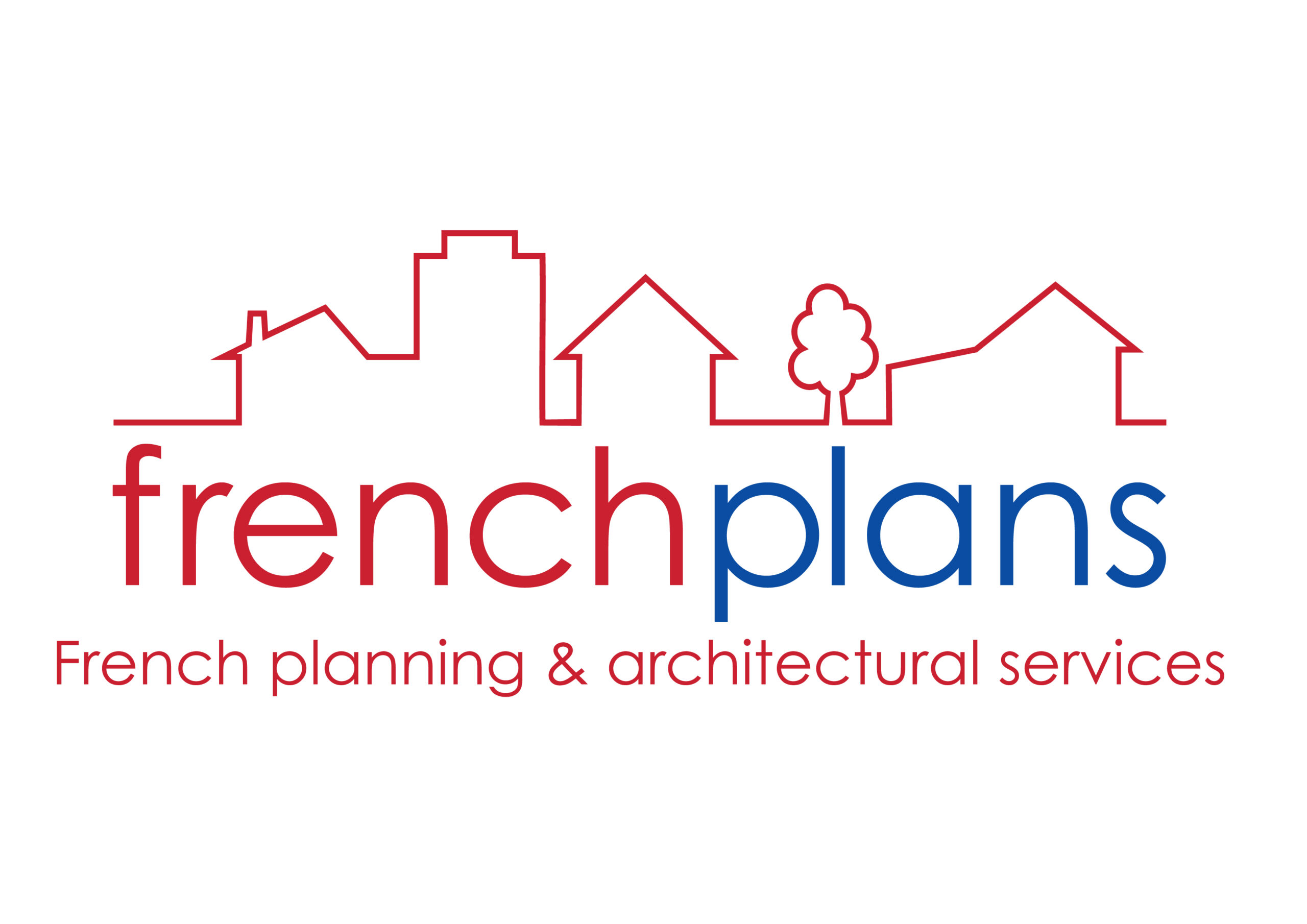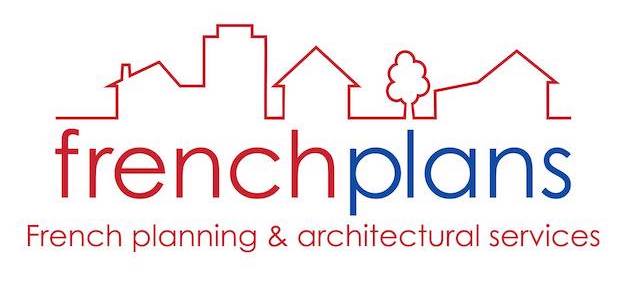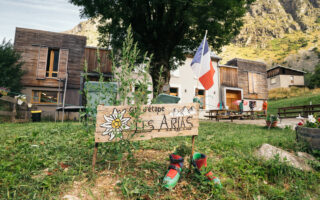Retrospective planning permission
Essential Reading


While it’s always advisable to apply for planning permission before carrying out any works, in the event that you have already carried out renovations without receiving the relevant permit, there is a possibility to apply for retrospective planning permission in France. Here’s what you need to know.
Can You Apply for Retrospective Planning Permission?
The first thing to remember about Retrospective Permission is that it should never be used as an excuse not to seek the correct permissions in the first place. Please bear in mind before you carry out any work on your property that at some point, it is likely to come back and bite you if you haven’t obtained appropriate permissions.
In particular, when selling your property, the notaire will be sure to check all the permissions are in place, and failing to produce the correct documentation could hold up the sale.
In some cases, the planning authorities may require any work carried out without a permit to be put back into the condition it was in originally. This generally happens in situations where the work is not possible due to planning restrictions. In the case of an allowed structure or renovation that simply doesn’t have the correct documentation, you will likely be able to apply for retrospective planning permissions.
If you are found to have carried out any work on your property without the proper permissions, you will be legally required to apply for retrospective permissions.
Depending on the circumstances, fines may also apply. While a small change to a proposed renovation that wasn’t covered by the original permit or a minor addition to your property may get away with a warning, more serious offenses may not get off so lightly, especially if you intentionally neglected to seek the correct permissions.
How It Works
Retrospective planning permission in France is known here as a “regularisation”. In practice, the process is very similar to a normal planning application, including “existing and proposed” plans and drawings. This can be quite challenging where the owner of a property has carried out significant works without planning approval and no longer has any record of what the property looked like beforehand. This sometimes leads to some creative interpretation!
A standard planning application needs to be made, with all the usual attachments – plans, drawings, photographs, etc. The dossier needs to show that the work has already been carried out and that the application is to formally recognise this fact and to seek a planning permit for it.
The same processing period applies to a regularisation as any normal application (usually two months), although some authorities may handle retrospective applications more quickly if pressed. Recently we dealt with a case where extensive renovations and conversions had been carried out seven years previously, which only came to light when the property was sold.
The buyer of the house discovered the absence of a planning permit during the purchase process and agreed to proceed with the contract only if a permit was granted by a certain date. Through some creative work and rapidly arranged meetings with the authorities (which involved a good degree of begging), the permit was granted within a week, and the sale was concluded. Conversely, another case took 18 months to sort out because the planners were so annoyed that unauthorised work had been carried out that they sat on the dossier for a very long time.
Avoiding Retrospective Planning Permissions: What You Need to Know
Many people are under the misapprehension that all manner of things can be done to a property in France without a permit, so here are some of the main points to be aware of:
- Any external change of appearance to a property needs a permit of one kind or another – this includes changing the style or material of doors and windows.It also includes, in some cases, changing the colour of shutters, masonry, etc. Always included are the installation of Velux windows or dormers, creating new door or window openings, or indeed changing a door to a window or vice versa.
- Any increase in the habitable or taxable floor area of a property.This includes converting a lean-to, attic, stable or barn into living space.
- Building a garden shed or polytunnel requires permission, and there will be taxes to pay as well!In some cases, local planning regulations specifically forbid sheds and polytunnels….
- The fact that a change to a property cannot be seen by a neighbour does not alter the requirement for a permit.
- A neighbour may have carried out similar works or modifications to their property, but that does not mean approval is not required for your property.Neither does it mean that undertaking similar alterations will automatically receive approval.
- Internal modifications that do not create additional living space may be exempt from the need for a permit. However, caution is required where attic conversions are concerned because special rules can apply.
Building or Renovating Your French Property?
Whether you’re building an extension, renovating an old farmhouse, or designing a new build property, FrenchEntrée is here to help! Check out our Essential Reading articles for everything you need to know about planning permissions, building regulations, and renovation projects. Or, for professional help, advice and assistance at all stages of your building or renovation project, get in touch with our partners at French Plans.
Article by Arthur Cutler at French Plans.

Share to: Facebook Twitter LinkedIn Email



